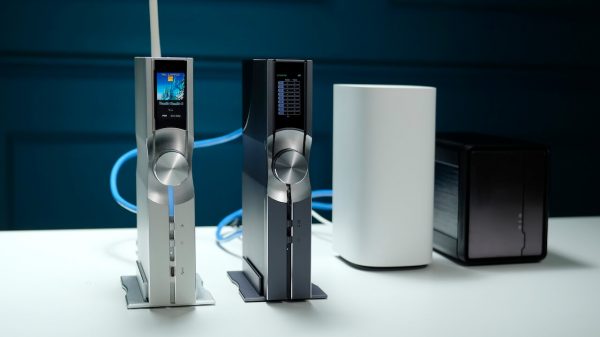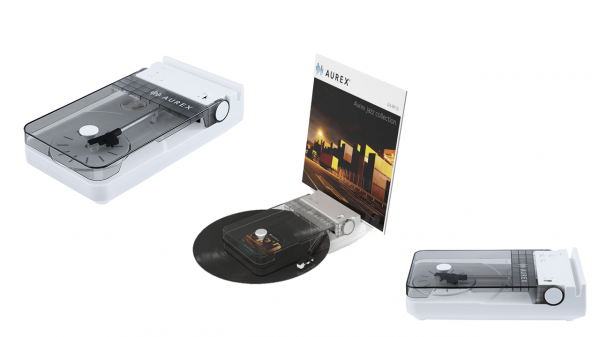Alternative Positioning Technologies the Key to Unlocking the Handset, Says ABI Research
While GPS has become a standard feature in smartphones driven by the popularity of mapping, navigation and LBS applications, GPS penetration in feature phones remains low outside the US. Despite Nokia’s announcement of GPS-enabled S40 phones such as the 6700 classic and the 6600i slide, it will take several years before GPS becomes widespread in mid- and low-end handsets in Europe and Asia. At the same time several US carriers continue to lock down GPS functionality for third-party LBS developers.
“The absence of widespread GPS availability in non-smartphone handsets has opened the door for alternative positioning technologies such as Wi-Fi and Cell-ID,” says ABI Research practice director Dominique Bonte, “They provide third-party developers with a much larger addressable handset market for low accuracy LBS applications such as local search, networking or advertising. Moreover, positioning based on Cell-ID and/or Wi-Fi is increasingly offered for free on development platforms such as Google Maps, Android and Nokia’s recently announced Widget-based Maps environment. Alternative positioning technologies also provide the added advantage of improved indoor coverage.”
For high-precision applications such as navigation, geotagging and person tracking, A-GPS has become a basic requirement for GPS-enabled handsets combining short Time to First Fix (TTFF) with increased accuracy in urban environments. In the absence of carrier-based A-GPS services in Europe, Nokia has developed its own assistance solution which it offers directly to its end users.
“This changing location technology environment is affecting the GPS chipset industry,” notes Bonte. “All major players are integrating a range of A-GPS solutions and Skyhook Wireless-powered Wi-Fi positioning technology into their combo chipsets in order to offer handset manufacturers a turnkey location solution at low cost.”
Accelerometer and electronic compass sensors are also becoming essential components in the location mix for improved pedestrian navigation, as demonstrated by the G1 Android phone and the Nokia Navigator range.
A recent study from ABI Research, GPS-Enabled Handsets, examines the evolving technology, economic and market factors driving the adoption rate of GPS-capable mobile phones, and analyzes the business opportunities and challenges of provisioning and providing accurate positioning data across wireless network subscriber populations. It forms part of ABI Research’s Location Based Services Research Service.
ABI Research provides in-depth analysis and quantitative forecasting of emerging trends in global connectivity. From offices in North America, Europe and Asia, ABI Research’s worldwide team of experts advise thousands of decision makers through research and advisory services in seven key practice areas. Est. 1990. For more information visit www.abiresearch.com, or call +1.516.624.2500.























